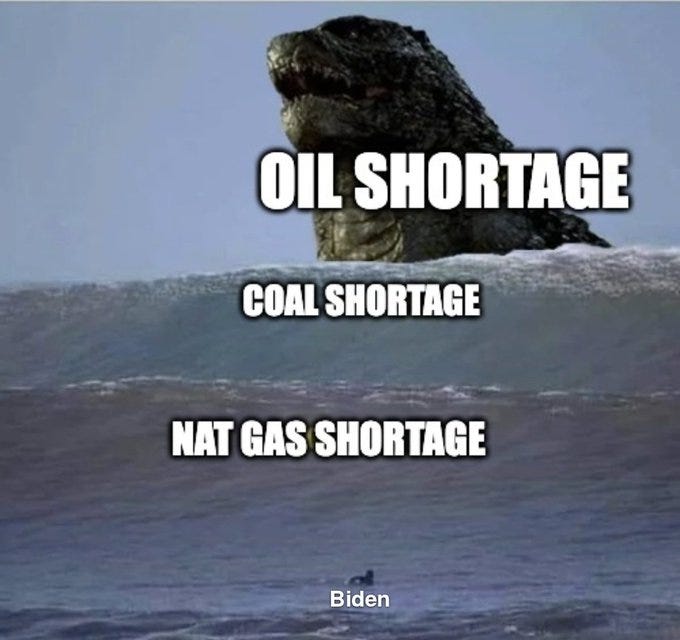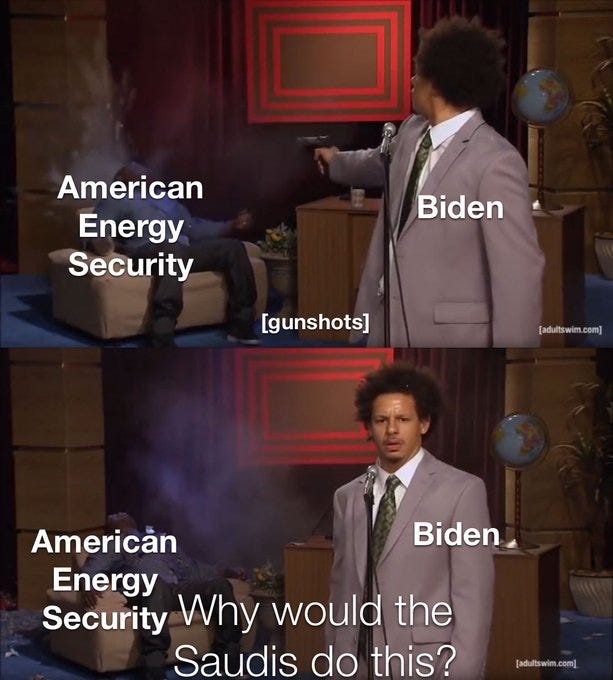The Producer Price Index (PPI) was released today by the BLS. The PPI is the index that tracks the inflation rate for product producers. The estimate was 8.4% and the actual was 8.5%. The PPI has been trending downward since it peaked in March ‘22.
While this might look good on the surface, underneath we see that 60% of the rise was due to the final demand for foods. Food cost inflation is running at 12.1% year-over-year.
The CPI gets posted tomorrow. I believe it is going to come in down slightly from last month. My estimate is 7.9%. This would be a surprise below Wall Street’s forecast of 8.2%. This will be low enough to cause hope for a pivot but according to the latest FOMC minutes, the Fed seems more concerned about doing too little and pivoting too early.
“Many participants emphasized that the cost of taking too little action to bring down inflation likely outweighed the cost of taking too much action. Several participants underlined the need to maintain a restrictive stance for as long as necessary, with a couple of these participants stressing that historical experience demonstrated the danger of prematurely ending periods of tight monetary policy designed to bring down inflation.”
Bottom line, something really bad has to happen in the credit market for the Fed to set in and provide relief. So far, it looks like Powell’s Fed has covered all their bases on this one and intends to continue to hike until after the 1st of the year. From where I sit, the earliest that I see a rate hike pause is Feb ‘23. Even if a pause does happen, inflation is still going to be hot due to oil and food costs.
This time last week OPEC+ cut production by 2 million barrels per day. I had pointed out at the time that the cut didn’t immediately effect production because OPEC+ wasn’t hitting their production goals anyways. Now OPEC+ is setting the stage for the next cut. They’ve reduced their projections for future oil demand. This gives them the excuse for another production cut. OPEC wants $100/bbl oil and they will get it and more. Due to European and US policies, oil and gas drilling has come to a standstill. These policies, along with the production cuts, and the SPR draining will eventually resolve themselves with much higher prices for oil.
Last thing I was to hit on today was the big drop in CCJ. Cameco is partnering with Brookfield (BEP) to buy Westinghouse Electric Company. To complete the purchase Cameco is on the hook for $2.2B. They’ve stated that they “will be pursuing a permanent financing mix of capital sources (cash, debt, and equity), designed to preserve the company’s balance sheet and rating strength while maintaining its liquidity, prior to closing”. This means they’ll be spending cash on the balance sheet, borrowing money, and selling stock.
Now this deal has some pros and cons. The big pro is that this can be seen as a vertical integration. This means Cameco won’t only be a uranium miner but also a power producer. Vertical integration can lower costs and allow Cameco to become more efficient in their mining operation.
However there are several cons. The big one is selling stock to afford the purchase. This dilutes the holdings of the shareholders. Another con is that CCJ has now broken the strong connection between their company and the price of uranium. Moving forward, the price of uranium will exert a weaker force on Cameco’s stock.
This is one of the reasons I like to buy several companies in the same industry. You never know when something like this could happen. Another reason is country risk. A country could easily do something boneheaded that could restrict a company’s earnings.







